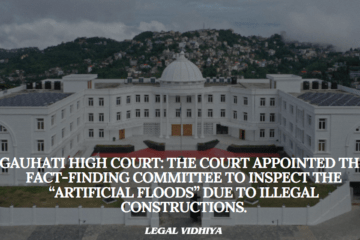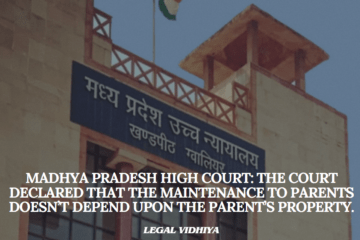
On April 24, it will be fifty years after the Kesavananda Bharati decision, which outlined the fundamental structural philosophy. The nation’s most well-known constitutional case is this one. A total of 13 judges, including Chief Justice S. M. Sikri and Justices J. M. Shelat, K. S. Hegde, A. N. Grover, A. N. Ray, P. Jaganmohan Reddy, D. G. Palekar, H. R. Khanna, K. K. Mathew, M. H. Beg, S. N. Dwivedi, A. K. Mukherjea, and Y. V. Nani Palkhivala served as the leader of the petitioners’ group.
Nani Palkhivala served as the leader of the petitioners. Although Attorney General Niren De represented the respondents, Homi Seervai, Advocate General for Maharashtra, represented the respondent State of Kerala as their principal attorney. On April 24, 1973, the SCC’s longest judgement, comprising 701 printed pages, was handed down by 11 judges, with Shelat, J. writing for himself and Grover, J., and Hegde, J. writing for himself and Mukherjea, J.
The birth and development of the theory of fundamental structure may be better understood and appreciated if you are familiar with the constitutional framework and the constitutional advancements of the first two decades.
The liberation struggle served as inspiration for the Constitution’s authors, who sought to usher in an equal society by enacting socioeconomic changes. Agrarian reforms were a top priority for the government. Legislation for land reforms was introduced with this goal in mind. As a result, the basic right to property was violated. Land reform legislation have been deemed illegal by courts for violating the right to property.
The courts seemed to be the major roadblock to social regeneration. The political leadership was required to reply while keeping in mind its commitments and the general consensus. The Constitution 1 Amendment was passed by Parliament in 1951, which at the time was known as the Provisional Parliament and consisted of the same individuals who had served in the Constituent Assembly until the first general election in 1952. In order to defend agricultural reforms and other nationalisation plans against criticism based on inadequate compensation, it inserted Arts 31A and 31B into the Constitution. Additionally, it introduced the tool known as Schedule IX, which shielded any legislation listed from being challenged on the grounds that they violate any basic rights. The fundamental framework The theology we follow now was developed through time. It would be difficult and possibly even foolish to advise doing so given that it has been in existence for fifty years. One may argue that the doctrine was the result of a concerned, activist judiciary acting to protect the Constitution from a majoitarian onslaught. Now that that renowned judgement and the ideology it espoused are celebrating their golden jubilee, we need to remind ourselves that the teaching is neither an unqualified benefit nor an unmitigated catastrophe. It must be used wisely and prudently, like many other tools. We shall continue to discuss the merits and viability of the concept, and we will never forget Nani Palkhivala’s outstanding contribution to our constitutional law.
His tremendous contribution to our public life, constitutional jurisprudence, encouraging constitutionalism, and more importantly, his character and traits as a man, are measured by the love and respect with which we honour his memory and express our thanks for a life to which we owe so much.
SRISHTI BHARDWAJ, B.COM LL.B




0 Comments